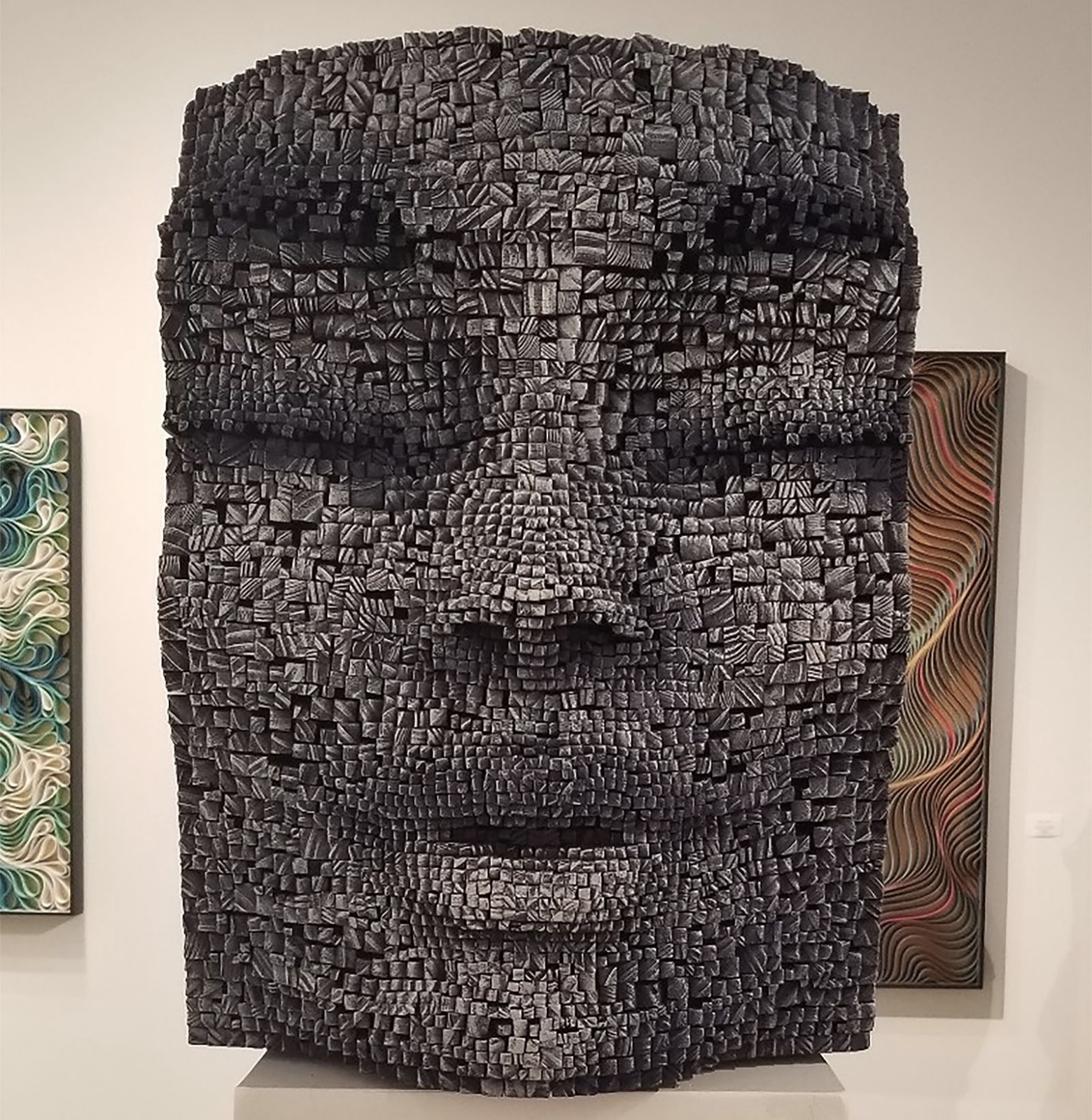The difference between nude and erotic sculptures evades many. While both are artistic and often explore human themes and bodies, they have a feel and purpose altogether different. The biggest...
The difference between nude and erotic sculptures evades many. While both are artistic and often explore human themes and bodies, they have a feel and purpose altogether different. The biggest differentiator is that erotic sculpting is done with the purpose of the erotic arousal of the audience.
The Intent
“I know it when you see it,” is a common phrase for those struggling to verbalize the difference between nudity and erotica. Usually, what they’re seeing (or feeling) is the intention of the sculpture. Erotic sculptures are designed specifically to arouse.
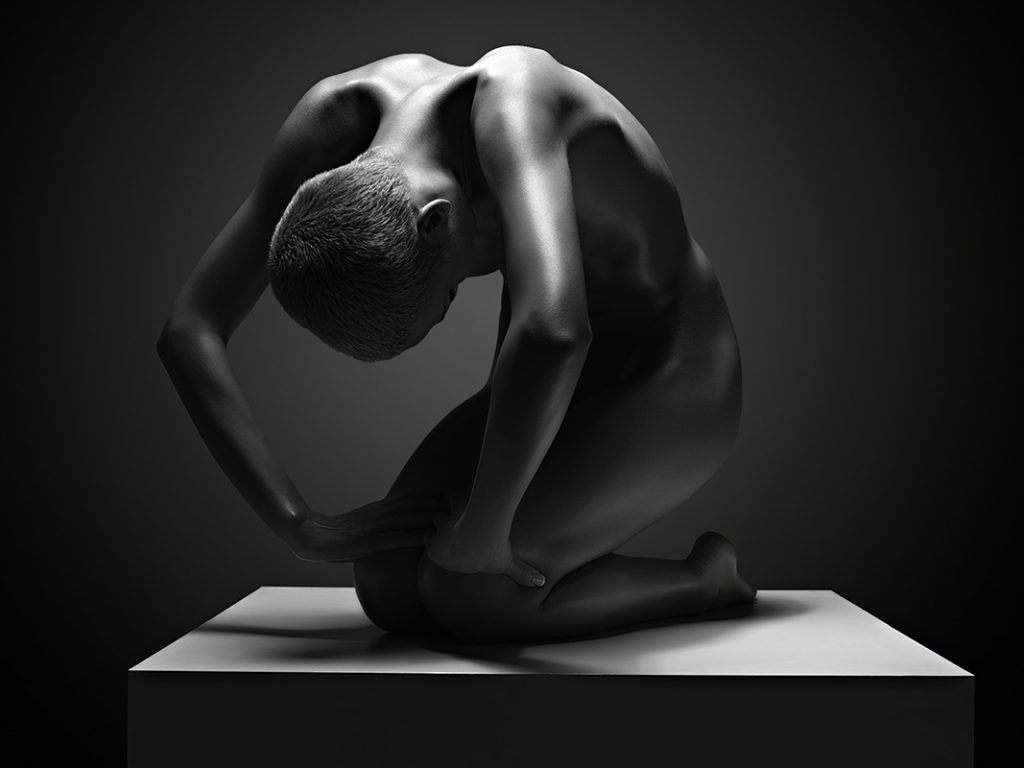
Nude sculptures, on the other hand, aren’t made with the intent of causing erotic arousal. They are simply the unclothed human form. The subject’s nudity may be a study of the human form, an indication of vulnerability, or any of a number of themes.
Some of the best-known nudes throughout time, for instance, are the Greek heroic statues. In these, the nudity was part of the heroic image of Greek gods and characters. Although the statues featured characters with ideal bodies, there is no intent of arousal.
In a heroic pose, these statues may impress and even celebrate the human body. But they lack the suggestive nature of erotic statues. Nudity alone does not equate eroticism.
Nudity
Whether partial or complete, all nude sculptures require some degree of nudity. But, just as not all nude art is erotic, not all erotic art is nude. Although erotic sculptures often involve nudity, they don’t need to be.
It’s not uncommon for erotic sculptures to create arousal through suggestion. On their own, body sexually-oriented body parts such as the lips can spark arousal. It all depends on how they are presented. Full, pursed lips invite thoughts of erotic encounters.
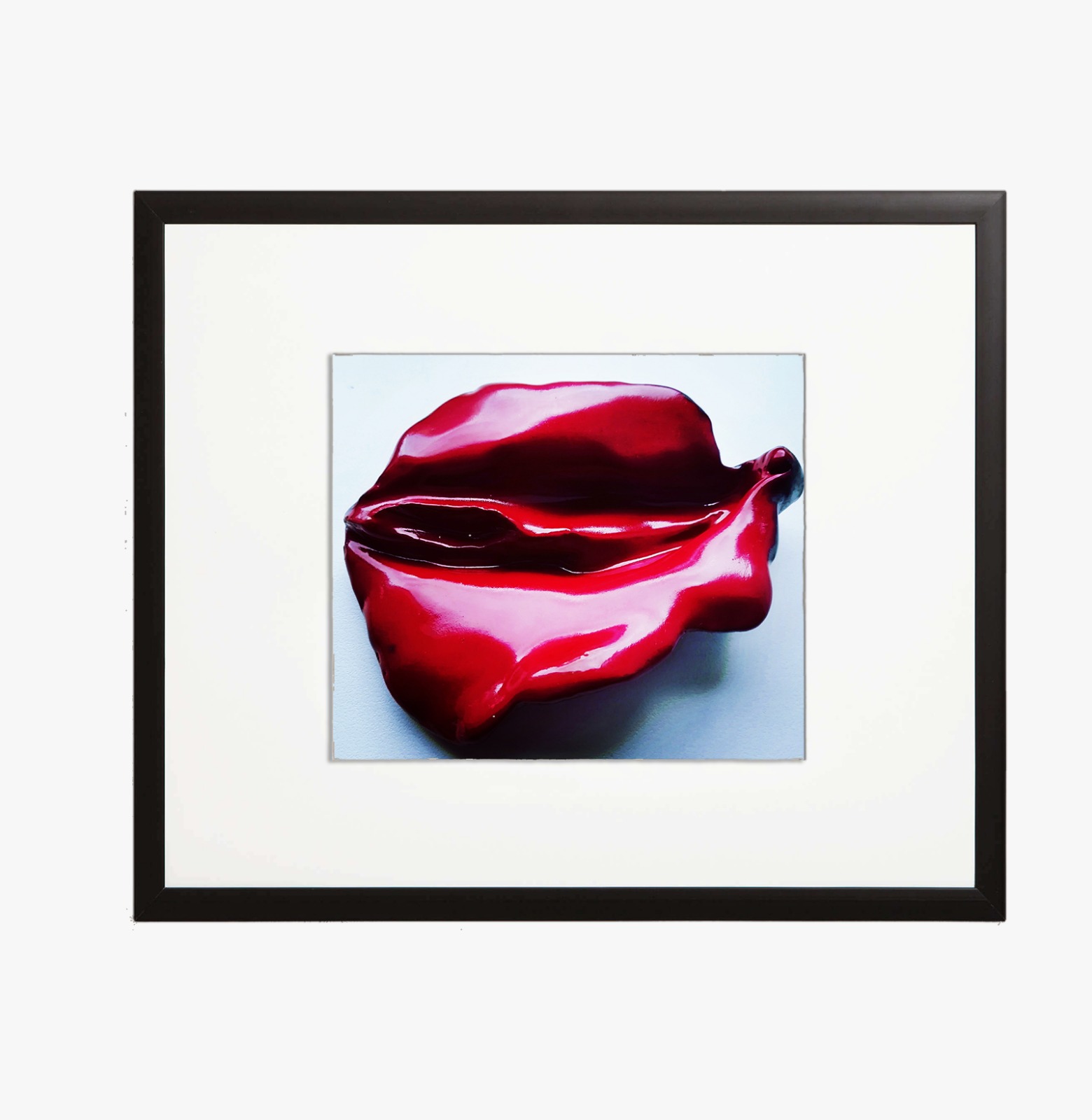
In the same way, a fully-clothed body can be sexually suggestive. This can be caused by the statue’s expressions, posture, clothing, situation, or a combination. For example, a vulnerable pose can be sexually suggestive, as can lingerie and intimate apparel.
Crossover
One of the difficulties in separating nude and erotic sculptures is that they can have similar themes. While they may have different intentions with these themes, how they are perceived by the audience can alter whether they are seen as erotica.
Beauty
Beauty, for example, is a common theme amongst both art styles. Often, the purpose of nude sculptures is to explore or demonstrate the beauty of the human form. It may portray the entire body, or have a more specific purpose.
For example, Michelangelo greatly admired the beauty of the human torso. Pope Julius II is said to have asked Michelangelo to complete his famous Belvedere Torso with arms, legs, and a face. Michelangelo refused, claiming it was too beautiful to alter.
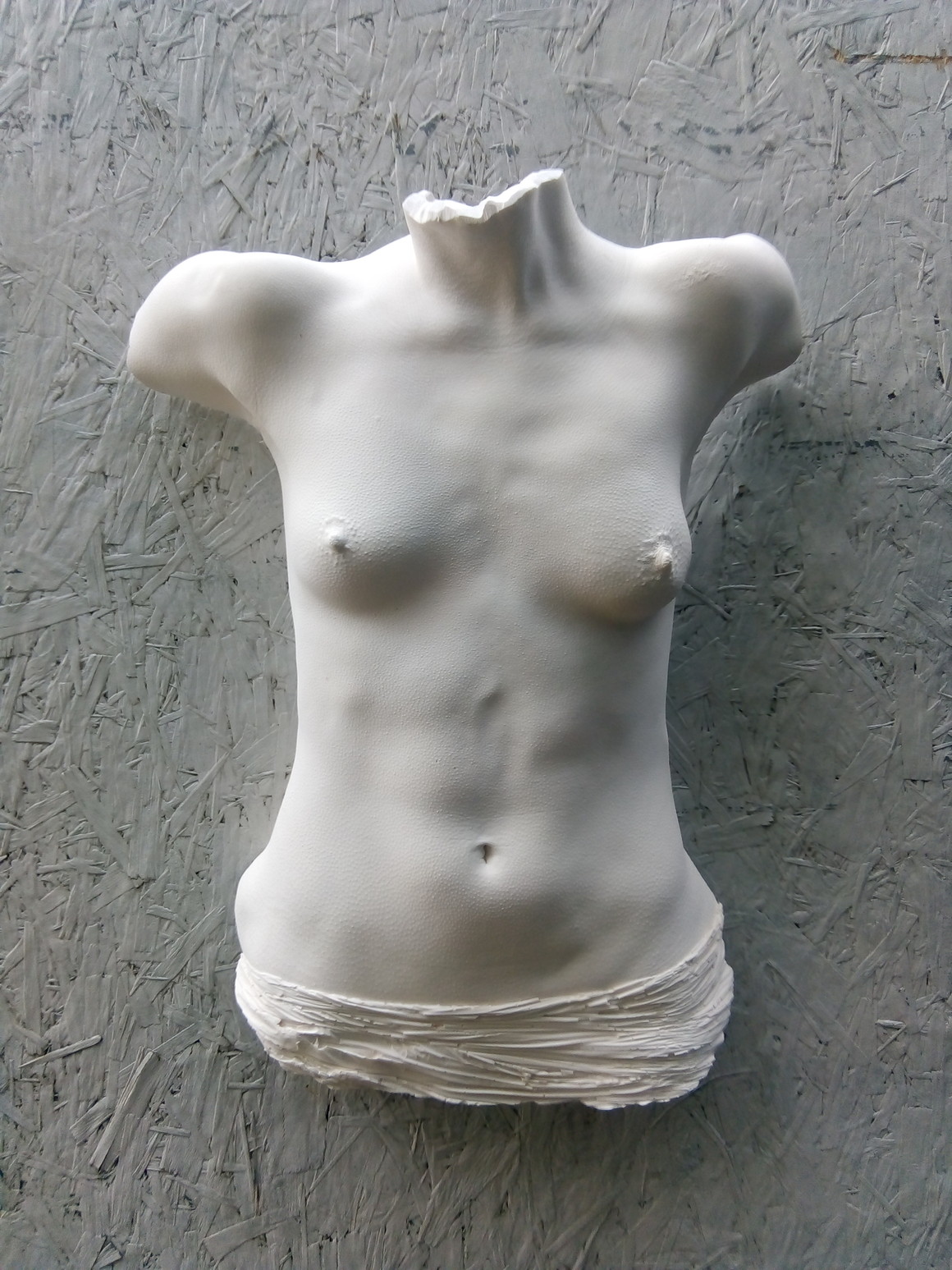
His reverence of the torso, however, does not display itself as an erotic form. Erotic statues may similarly focus on singular body parts. But they are presented in a way as to arouse the viewer.
The difference isn’t always obvious though. Sculptures of focusing on female breasts or genitalia, for instance, are often perceived as erotic. However, legs can go either way and may evoke something in some that weren’t the artist’s intention.
Fertility
Another theme that can confuse intent is fertility. Some of the oldest surviving statues are about fertility. The famous Venus of Willendorf figurine depicts fertility in a way that is hard to argue as erotic. But not all statues are as clear in intent.
Assyrian figurines associated with the cult of Inanna (a goddess credited with early BDSM), for instance, have invited controversy. The figurines depict a man penetrating a woman. Historians have strong arguments on all sides for whether the intent is to arouse, to ask the gods for fertility, or both.
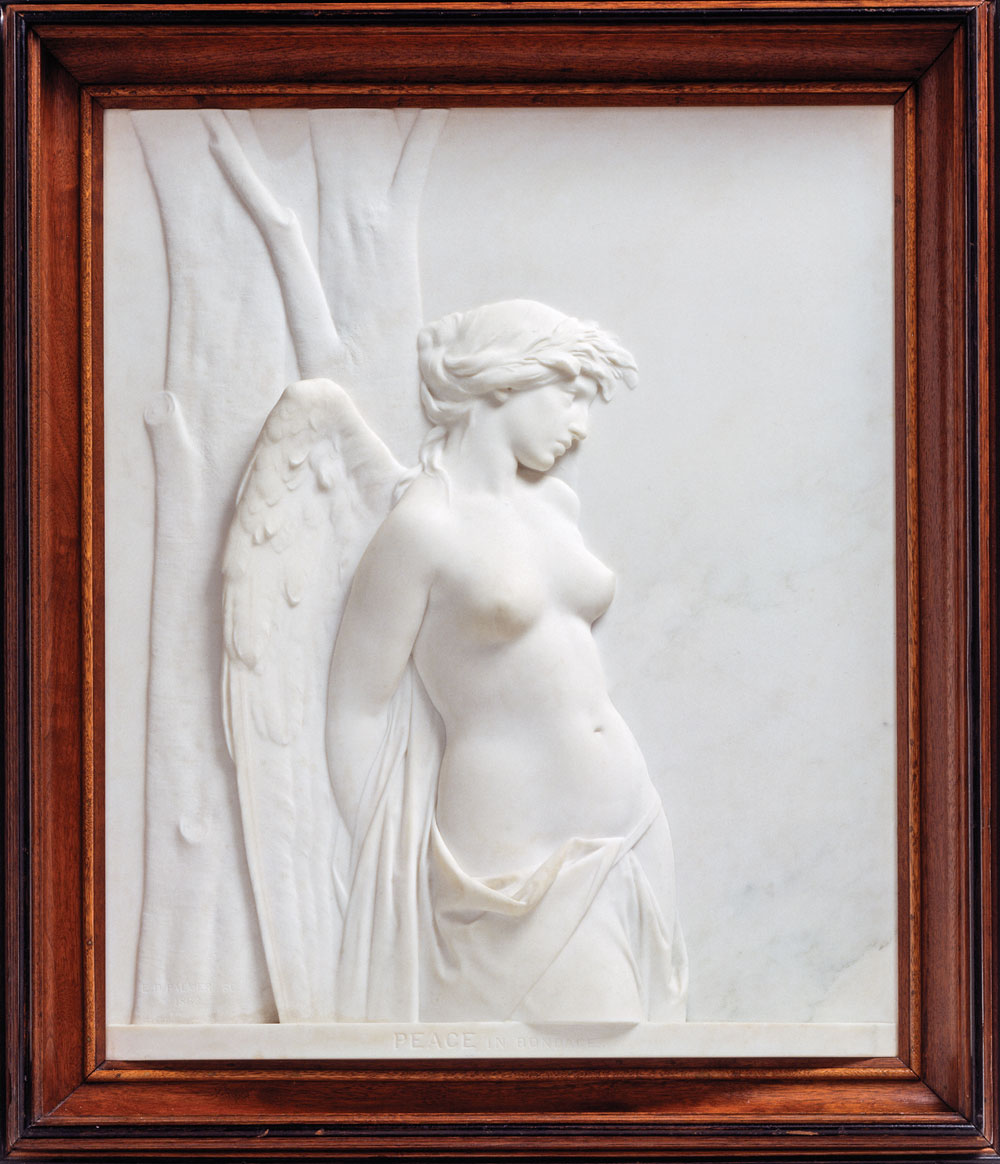
In Peru, Moche pottery may have had an intent of fertility. However, it clearly has erotic intents. They sculpted erotic scenes, such as fellatio, into their pottery. This act is sexual, but not serving the purpose of propagation provides a clearer suggestion of erotic intent.
Posture
Different postures can also be suggestive of different ideas to different people. A submissive or vulnerable posture can be sexual in nature, but it could easily be intended as representing benevolence or humility. The artists’ skill will generally make the difference, but it can fall to the whim of the audience’s frame of mind.
Perception & Erotic Sculptures
While the artist’s intent is the main differentiator between erotic and nude sculptures, perception is just as important. Perception falls victim to times, locations, and social acceptance. The difference in whether nude art is perceived as erotic art can depend on where, when, and who it is presented to.
Where
When we look back at the Ancient Greeks, for example, we saw nude art was widely accepted. The statues were nude, but not necessarily viewed as erotic. If one were to travel to Egypt, Persia, or Assyria during this time, the same statues would be perceived differently.
In these places, the nude form was viewed as more perverse, and would certainly not be seen as heroic. When Assyrian art depicted nudity the naked people were victims, whipped and enslaved.
When
The acceptance of erotica in popular society tends to fluctuate over time. During times when it is less acceptable, nudity is more easily perceived as erotica.
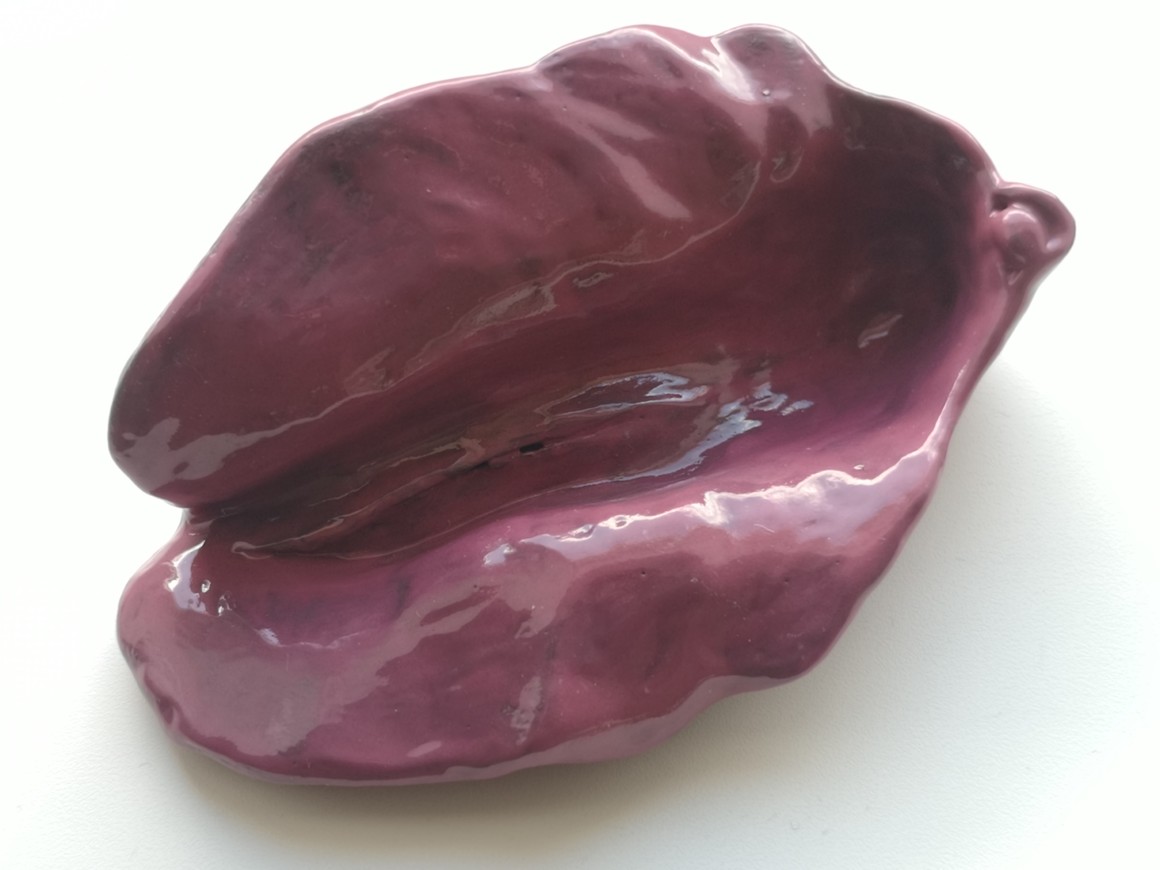
Christendom, during the early middle ages, is one of these periods. During this time nude art became rare. Depictions of nude men and women were considered obscene and/or erotic in nature, regardless of the artist’s intent.
This trend continued until the late middle ages, with Donatello’s David being credited as the first nude sculpture since antiquity. In this time nudity in art was accepted and didn’t automatically qualify it as erotic.
Who
As with all art, the meaning of nude art is easily altered by the individual who perceives it. Even inside the same culture at the same time, individual views can change perception between nudity and erotica.
Michelangelo’s David is generally recognized as the most famous statue in the world. The statue depicts full-frontal nudity. This statue has been celebrated as an incredible artistic achievement for half a millennia. Yet, it’s presentation has been seen as obscene by many. As recently as 2016, Russian residents held a vote on whether to cover the privates of a copy of the statue.
As well, David’s genitals were covered for viewings by the Iranian president and Queen Victoria. While some people are outraged by the cover-ups, seeing a censorship of art, others still see this famous piece as obscene due to its nudity.
Conclusion
So we may use the artistic intent to simply differentiate erotic sculptures from nude. But, the ultimate decision seems up to the audience. For us, the crucial element is to find a piece that suits your own particular tastes and sensibilities. Explore our erotic sculpture gallery today.
